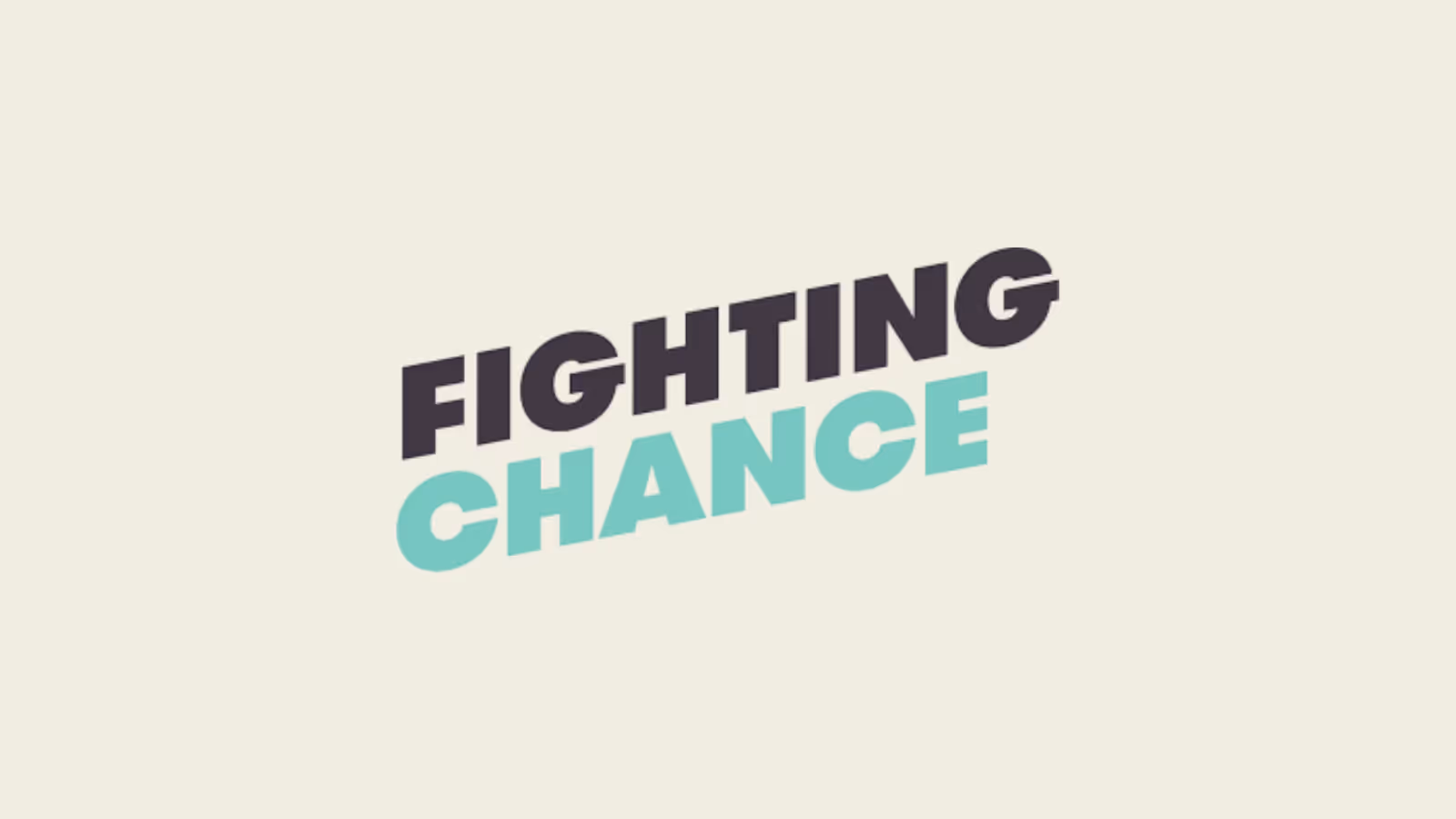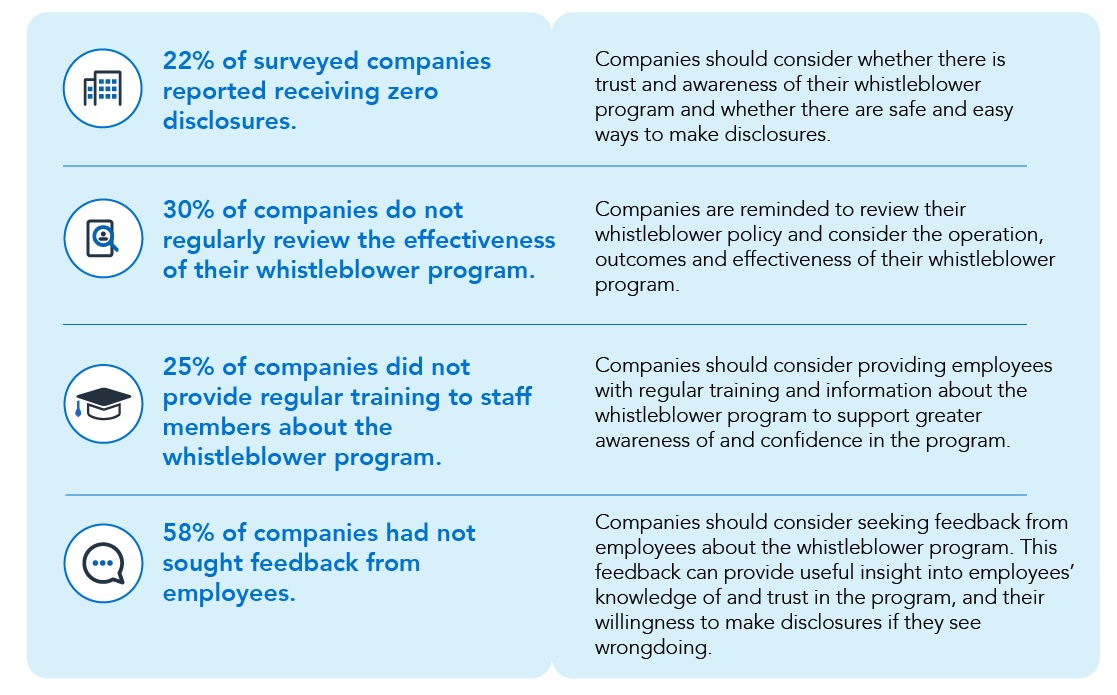How HR Teams Can Help Reduce Stress At Work
HR strategies to cut workplace stress, prevent burnout, and improve culture.

Workplace stress leads to burnout, high turnover, and reduced productivity. Without clear HR strategies, stress can spiral, creating a toxic work culture and low morale.
HR teams can be effective at driving change through initiatives like flexible policies, mental health support, and workload management to create a healthier, more engaged workforce. In this guide, we break down how HR and company leaders can help reduce workplace stress.
Identifying Workplace Stressors
Before HR teams can effectively reduce workplace stress, they need to identify its root causes. A data-driven approach ensures that initiatives are tailored to actual employee concerns rather than assumptions. HR must pinpoint stress triggers to implement effective solutions.
Gather Employee Feedback
Use anonymous surveys, focus groups, and pulse surveys to track stress trends.
Monitor Key HR Metrics
Watch for rising absenteeism, turnover, EAP usage, and declining productivity as stress indicators.
Identify High-Risk Roles & Departments
Assess high-pressure jobs and teams with heavy workloads or frequent changes through data and exit interviews.
5 out of 10 Australians are experiencing “a lot of stress” at work
According to a poll by Gallup in 2023, 47% of australian’s feel stress regularly at work, with costly impacts related to burnout related absenteeism on the rise.
HR Strategies to Reduce Workplace Stress
1. Cultivating a Positive Work Culture
- Encourage open communication – Foster a workplace where employees feel safe voicing concerns without fear of retaliation.
- Recognise and appreciate employees – Implement rewards, shout-outs, and employee appreciation programs to boost morale.
- Address workplace toxicity – Enforce strict anti-bullying and harassment policies to maintain a respectful and inclusive environment.
2. Supporting Work-Life Balance
- Offer flexible work options – Remote, hybrid, and adjustable schedules help employees manage personal and professional commitments.
- Monitor workload fairness – Prevent burnout by ensuring employees have manageable deadlines and realistic expectations.
- Encourage time off – Promote PTO policies and ensure employees take regular breaks to recharge and stay productive. This includes making sure that employees are aware of both unpaid and paid time off like mental health leave.
3. Managing Workload and Expectations
- Train managers on workload distribution – Encourage realistic goal-setting and prioritisation to avoid overburdening employees.
- Clarify job roles – Well-defined job descriptions help reduce confusion, frustration, and unnecessary stress. Lack of job clarity is often an underestimated psychosocial hazard.
- Use automation tools – Leverage technology to streamline repetitive tasks and free up employees for high-value work.
4. Enhancing Employee Support Systems
- Strengthen EAP programs – Offer mental health support, financial counseling, and stress management resources.
- Introduce wellness initiatives – Provide access to meditation apps, fitness perks, and in-house counseling to support overall well-being.
- Create peer support networks – Encourage mentorship and employee-led discussion groups to help teams navigate workplace challenges.
5. Training Managers on Stress Management
- Recognise early signs of stress – Teach managers to identify disengagement, mood shifts, and declining performance.
- Promote empathetic leadership – Encourage regular check-ins and supportive conversations to build trust.
- Offer conflict resolution training – Equip managers with mediation skills to handle workplace disputes effectively.
By implementing these strategies, HR can create a healthier, more engaged workforce while reducing stress-related turnover and burnout.
Measuring the Effectiveness of HR Initiatives
To ensure stress-reduction strategies are working, HR teams must track key metrics and adjust initiatives based on real employee feedback.
Employee Engagement & Satisfaction Surveys
Conduct regular pulse surveys to gauge morale, job satisfaction, and workplace stress levels. Look for trends in employee wellbeing and productivity over time.
Monitoring Absenteeism & Turnover
High sick leave and employee churn can signal ongoing stress issues. Compare data before and after implementing stress-reduction programs to measure impact.
Gathering Qualitative Feedback
Use focus groups, stay interviews, and exit interviews to uncover underlying stressors and gauge employee sentiment on HR initiatives.
Tip: Combining quantitative data (metrics) with qualitative insights (employee feedback) provides a clearer picture of how well stress-management programs are working.
Find Out About Our Tools To Reduce Stress In The Workplace
Workplace stress affects productivity, retention, and well-being. HR plays a key role in reducing stress through better communication, workload management, and mental health support.
Effective strategies and ongoing measurement create a healthier, more engaged workforce.
If reducing workplace stress is a priority, Foremind can help. Talk to us today to build a stress-reduction strategy tailored to your business.
Related:
- EAP For Construction Businesses
- How Much Do EAPs Cost?
- EAP Counselling
- How To Respond To A Critical Incident
- Benefits of EAPs

Hello 👋 I’m Joel the founder of Foremind.
Are you ready for simplified support & compliance?
Latest insights
Answers to the frequently asked questions.
Still have questions?
Email us at enquiries@foremind.com.au and we'll get back to you quickly with a response
Yes, we have culturally competent counsellors available, including those able to work with first nation and CALD employees.
Onshore on secure AWS Servers in Sydney Australia. All data is encrypted in transit and at rest and our entire team is located in Australia.
Employees can access our platform on any device (mobile, laptop, desktop, etc.) as long you have the website link - no need to download any app on devices. You wouldn’t need to enrol any of your staff individually.- When we do our onboarding, we ask for the first name, last name and email of all your employees, and send out an email invite to all them which will allow them to create their own individual account to access the platform. For new staff we can also invite them or provide you with a unique link to embed in your onboarding process, whichever is more convenient for you. We also kick things off with a launch webinar or video to make sure everyone is aware of Foremind and how to use it. We’ll also provide you with any collateral such as posters, QR codes, brochures etc. to help drive awareness and encourage people to create an account in the platform.
The support line is answered by our reception service 24/7. It is for urgent platform or session-related issues only (e.g. *“My counsellor didn’t show”*) or helping staff create an account.






